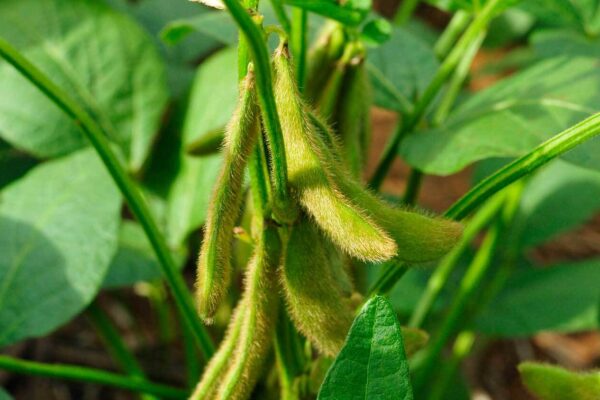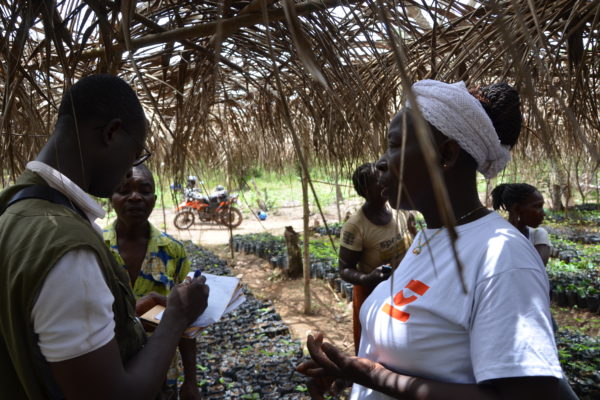An informative piece on forest conservation by Bastien Sachet, CEO of Earthworm Foundation, marking the organisation's 25th anniversary.
3-minute read
About 30% of the world's forests are designated to produce commercial products, and an estimated 1.15 billion hectares of production forest, equivalent to the combined forest cover of Russia and the USA, are distributed through boreal, temperate, and tropical latitudes.
We rely on them for thousands of industrial and commercial products like packaging, construction wood, particle board, and pellets, to name just a few.
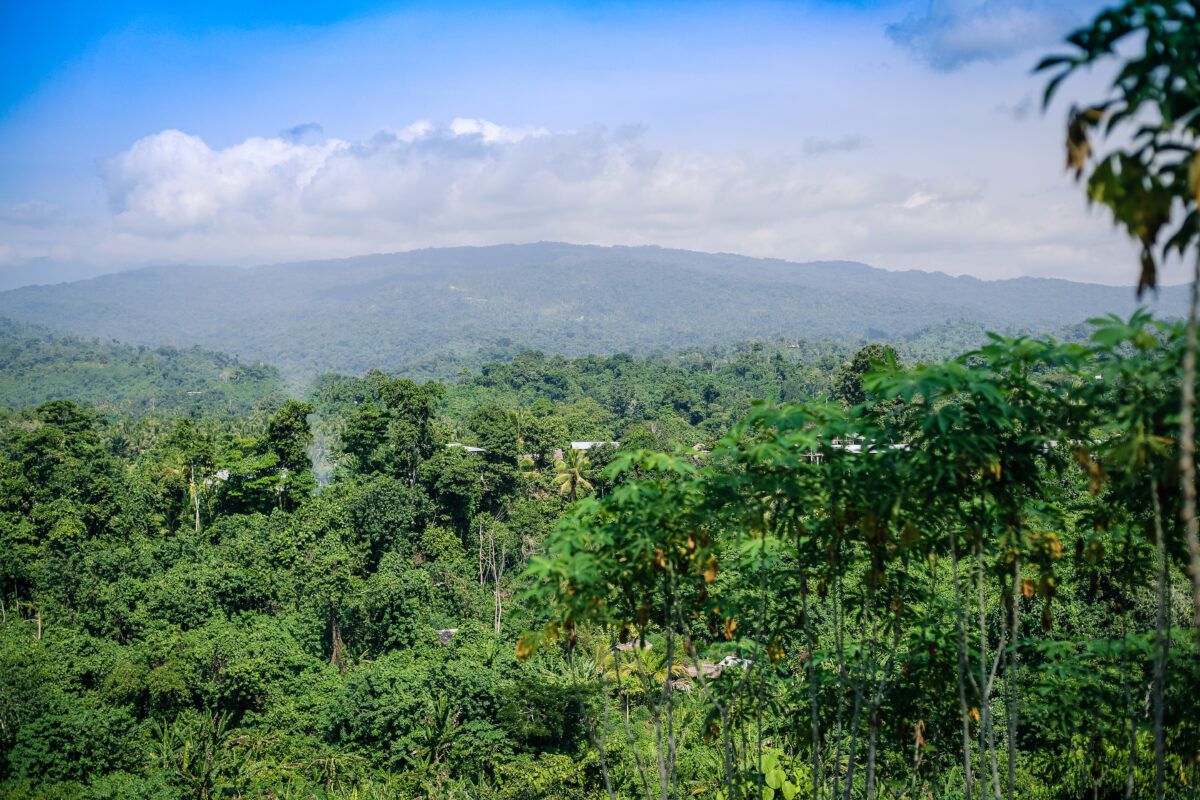
Over the past four decades, the demand and production of forest products have surged. In 2020 alone, we consumed a staggering 473,000,000 m3 of sawn wood, 000 m3 of wood panels (up 280% since 1980 and 107% since 2000), and 400,000,000 m3 of paper and paperboard (up 137% since 1980). Looking ahead, the demand for forest products is set to skyrocket as we increasingly turn to timber and forest fibre to replace plastics, fossil fuels, concrete, and steel in our efforts to decarbonise our economy.
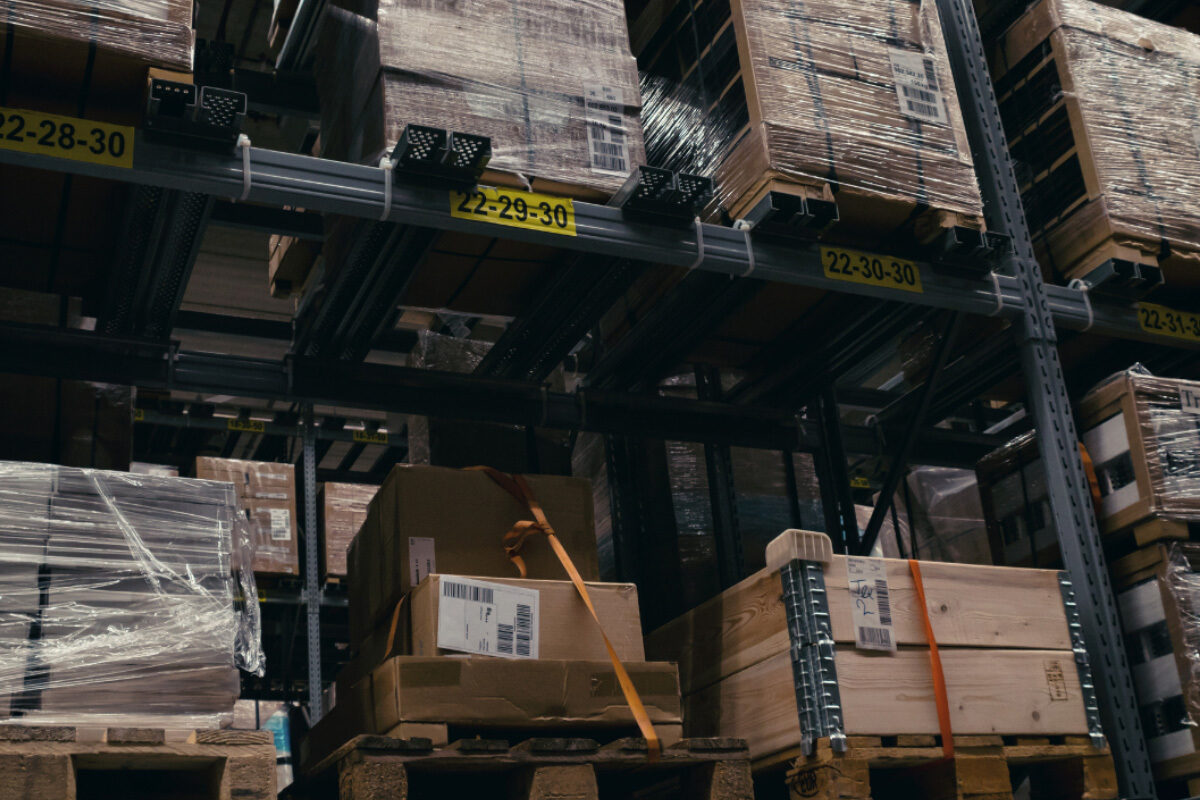
However, it's crucial to understand that production forests are not simply tree farms.
Over 90% are natural or semi-natural, encompassing some of the world's most biodiverse and carbon-rich ecosystems. These forests are invaluable, from the old boreal growth of British Columbia and Scandinavia to the lowland rainforests of Sumatra. Local communities depend on them for various needs, from firewood to non-timber products. Unfortunately, the push for maximum commercial production often results in the destruction of old-growth and diverse forests, leading to significant biodiversity loss and the release of biogenic carbon dioxide (CO2) into the atmosphere.
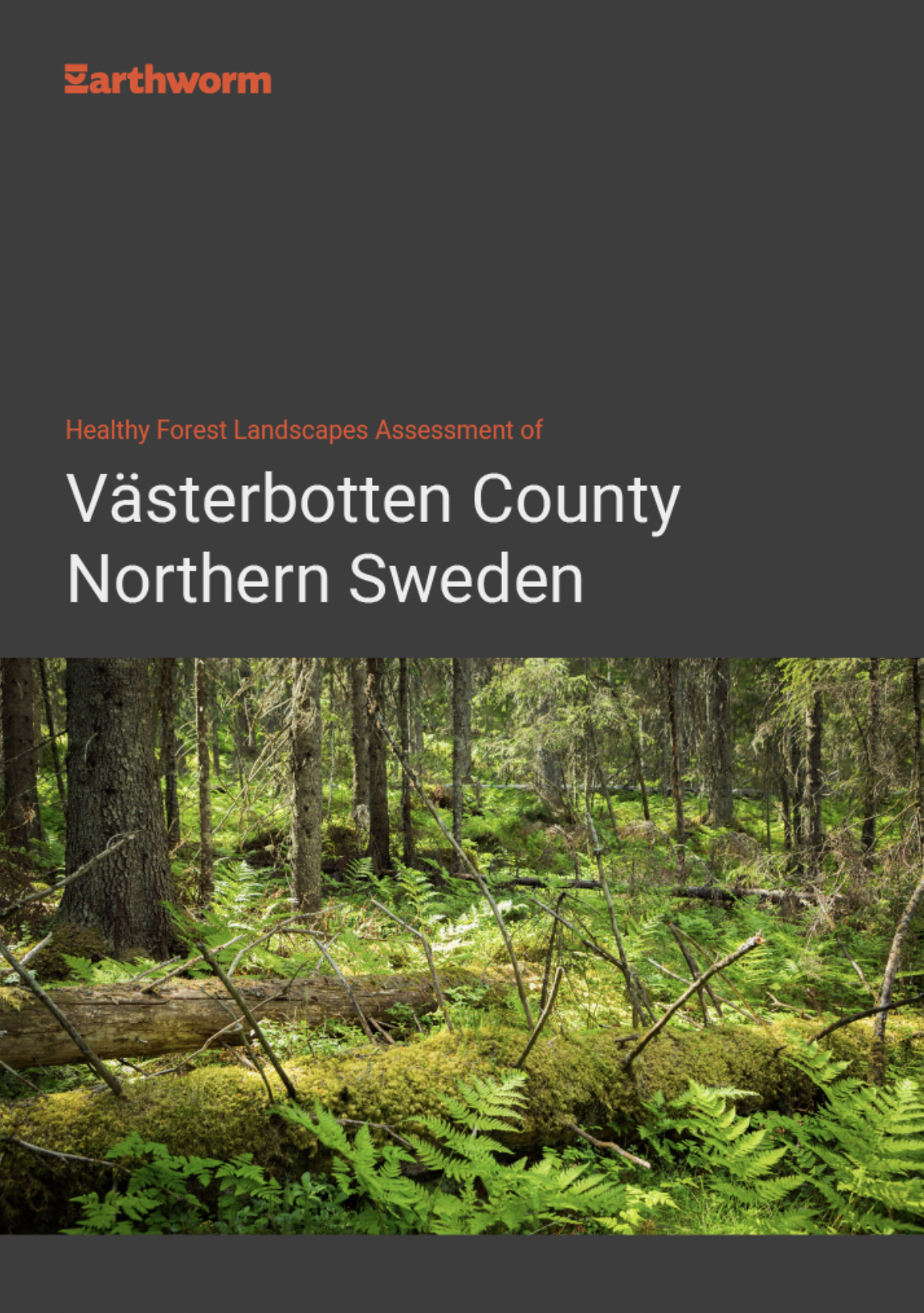
Recognising these challenges, Earthworm has developed the Healthy Forest Landscape (HFL) approach, specifically tailored for producing forest landscapes. HFL monitors changes in forest cover, carbon, biodiversity, and community well-being, supporting collaborations with stakeholders to bend the trend towards sustainability.
This approach has been applied in regions like Västerbotten County, Sweden, where old-growth forests and indigenous livelihoods are threatened by industrial expansion.
Our recent HFL assessment focused on five million hectares of forest in Västerbotten County, northern Sweden. Here, the clash between industrial production forestry and conservation of old-growth forests and indigenous Sami reindeer herding traditions highlights the complex socio-ecological dynamics.
Whether in Indonesia, Finland, Brazil or British Columbia, we are combining our members' responsible sourcing commitments with an understanding of the unique socio-ecological character of each production forest landscape.
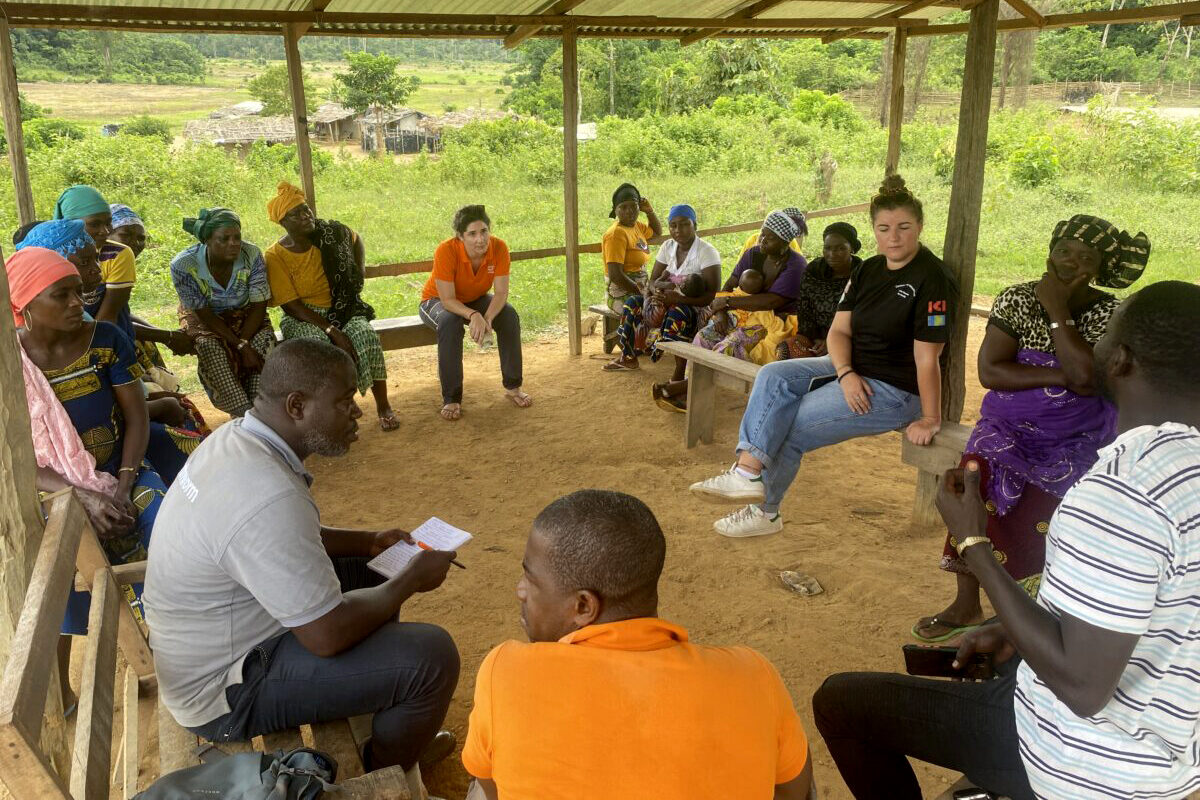
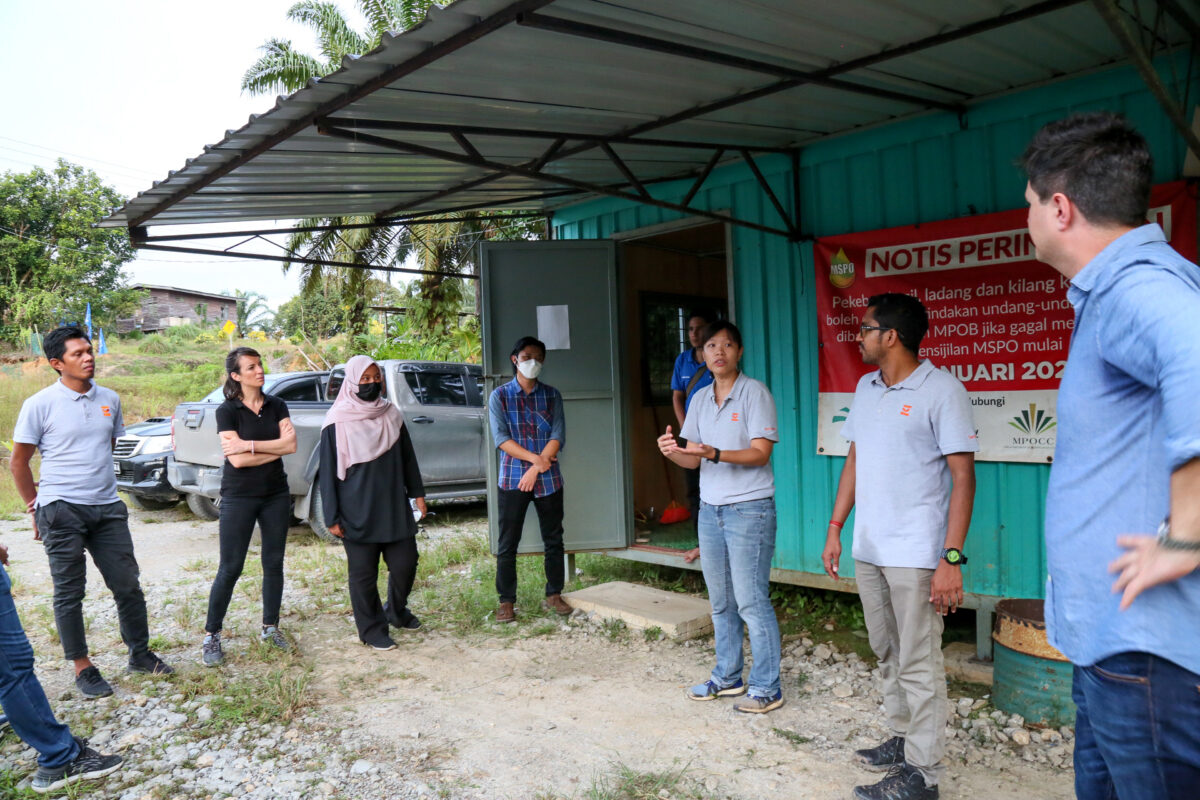
Collaborative efforts are essential to drive transformation towards sustainable forestry practices.
While regulations like the upcoming EU Deforestation Regulation (EUDR) play a crucial role, economic viability in the face of climate and biodiversity crises will depend on 'closer to nature' production models. It's imperative that we come together to make this happen now.
Incorporating these insights, Earthworm and our members are working tirelessly to ensure that production forests fulfil their commercial potential while safeguarding biodiversity, supporting local communities, and mitigating climate change.

